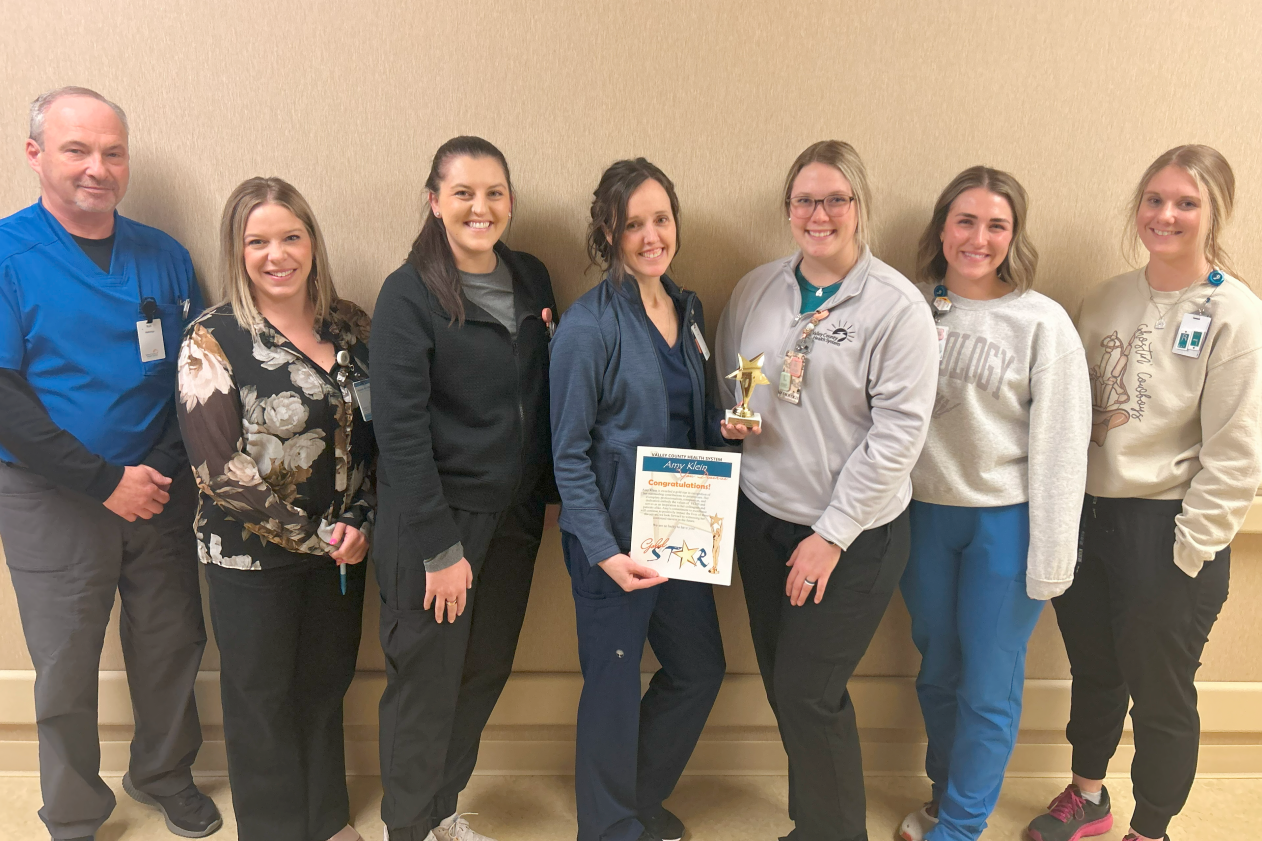
Stages of Bone Healing After Fracture
If you have broken a bone, then you are probably willing time to fly by quickly so that you can get back to normal life. Broken bones are painful, but they’re also extremely inconvenient! This latter fact is something that many people don’t fully appreciate until they find themselves on the receiving end, but having a broken bone will leave you unable to exercise, unable to carry out manual work, and unable to sleep!
Oftentimes, you might find yourself unable to drive, unable to work, or even unable to bath without assistance! The good news is that your arm, leg, or other broken bone is working away as you read this to try and get you back to full health. Read on and we’ll explore precisely what is happening in there, and whether or not you can do anything to speed the process up!
Your Miraculous Bones
Without meaning to sound creepy, you have miraculous bones.
Many people think of bones as inert or dead matter – and indeed this was the scientific view at one point. Today though, we know that bones are every bit as “alive” and as “plastic” as any other tissue in the body. Just like our brains and muscles, our bones are changing all the time depending on how we use them.
In fact, bones are often now considered to work more like “banks” for minerals and other important nutrients. That is to say that the body can “store” nutrients like calcium in the bones and then reabsorb them into the blood when needed. This process is continually occurring, being carried out by cells called “osteoclasts.”
But if your bones are being constantly broken down for materials, your body also needs to keep building them back up in order to prevent them from dissolving entirely. Thus, the counter process to this “bone resorption” is handled by osteoblasts. These cells will lay down new bone matrix at the site of the “bone turnover,” during a process known as a reversal.
When you fracture a bone then, all your body has to do is to ramp up that bone turnover process in order to lay down more new matrix and help you restore the damaged tissue. This is called formation.
How Your Body Heals
When you sustain an injury that leads to a fracture then, your body will immediately begin to rush nutrients to the site of the damage.
First, your body will enter a fight or flight state. This means that your heart rate will increase, you’ll feel woozy, and you’ll need to sit down. Blood viscosity increases and clots form to prevent any bleeding. This is followed within minutes by a neutrophil invasion. Blood and other nutrients are rushed to the site of the damage, including white blood cells. This initial stage lasts 24-48 hours and is responsible for preventing infection and fighting any bacteria that may have entered the body.
Neutrophils are damaging to the body though, and so this step doesn’t last long.
The inflammation will continue, however. This serves to keep supplying the wounded area with the raw materials it needs to rebuild and come back stronger, but it also helps to prevent the individual from moving the area excessively which could result in more damage. At this point, the role of protecting the wound from infection is overtaken by macrophages and other agents that can remain in the tissue for longer.
Meanwhile, these cells also trigger growth hormones. These in turn encourage fibroblasts to travel to that region in tandem with the epithelial cells. Epithelial cells in turn build additional capillaries to increase blood flow to the region.
The Building Commences
Next, the fibroblasts will start to provide a “basement membrane” or “collagenous network.” This is essentially what will provide the scaffolding that supports the formation of new bone. This is used when healing any new cells, however, and is not unique to the bone. This matrix starts to form around the edge of the fracture and then moves inward toward the center, where it will begin to build large amounts of type 3 collagen and bone. To do this, it needs to be supplied with the required amount of proteins, oxygen, and other nutrients.
Cells necessary for regeneration and capillary growth will meanwhile begin to divide and copy themselves through mitosis. If you were to look at the injury site through a microscope and slow it right down, this would look like the bone essentially “stitching” its two halves back together. The tissue will then begin to mature and the fibroblasts and osteoblasts will start to slow down the production of bone and collagen. Eventually, the new blood vessels that formed that are no longer needed will die off via apoptosis (cell death) and the area will return to normal.
All these processes are broken down into three separate stages. These are:
- The inflammatory stage
- The reparative stage
- The remodeling stage
How to Support the Healing of Bone
With an understanding of this process, you should now have a better idea of how you can support it. Firstly: it is imperative that you see a medical professional who can ensure that the bone is correctly set before the healing starts. Failure to do this may mean that the bone heals in the wrong position, which can cause more issues in the long run!
It’s important to make sure that you rest the area so that the body can go to work and heal it again. But while all this is true, you also need to recognize that the inflammation plays a key role in the healing process. Inflammation does need to be controlled to prevent serious discomfort or tissue damage, but if you make it your aim to completely suppress inflammation, then this will actually prevent you from being able to recover fully.
Let the body do its work. Give it space and time, and make sure to get plenty of sleep, and eat lots of protein and nutrients to support it.

